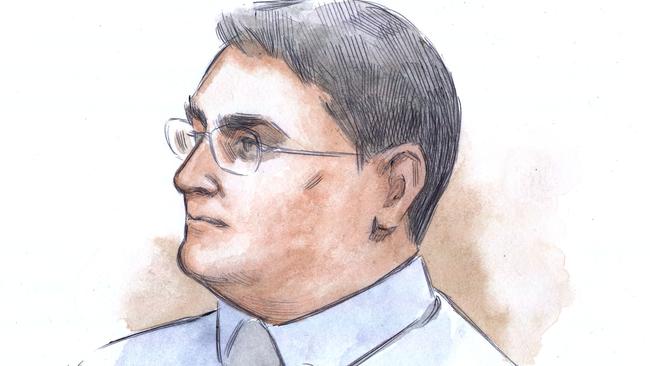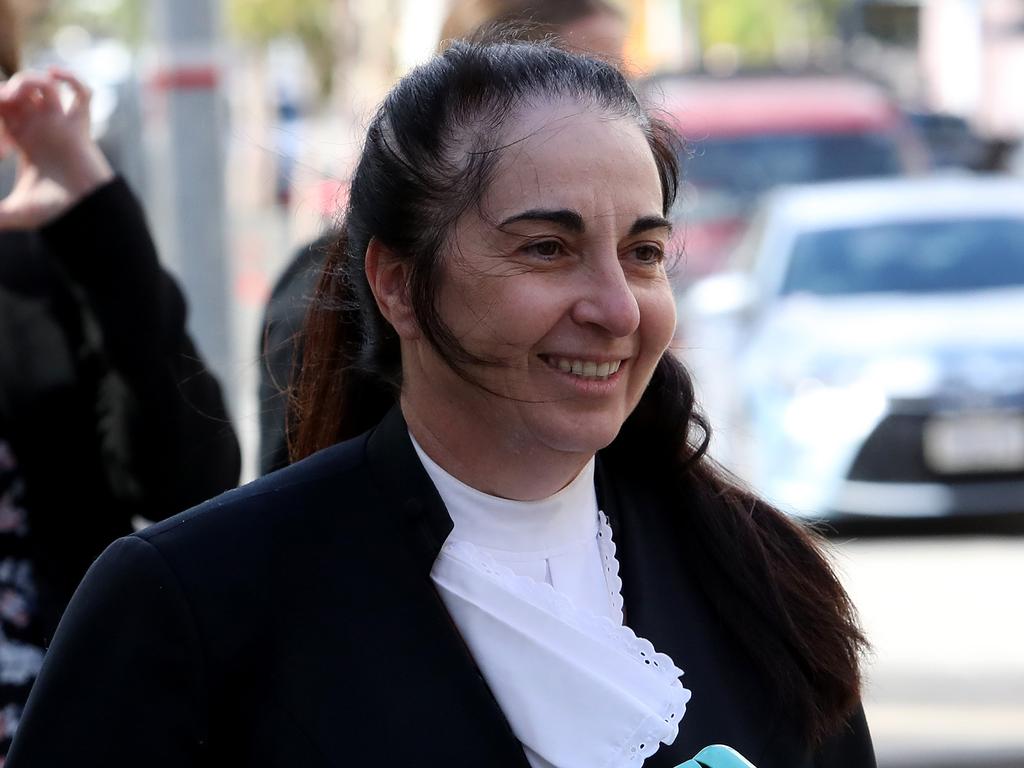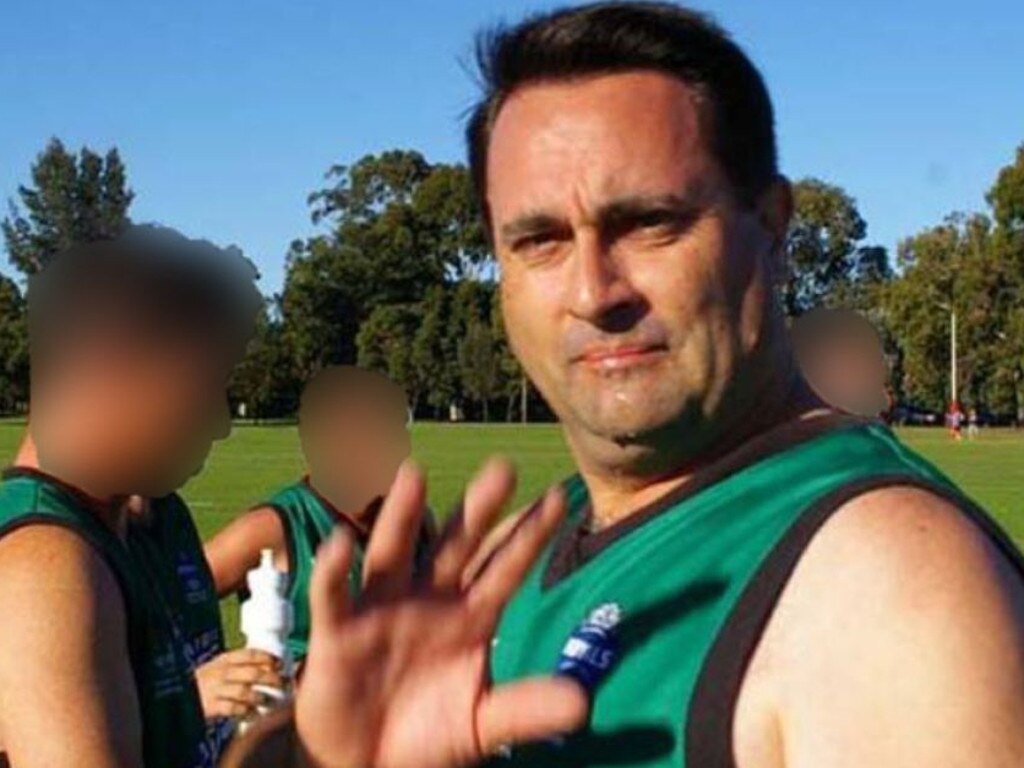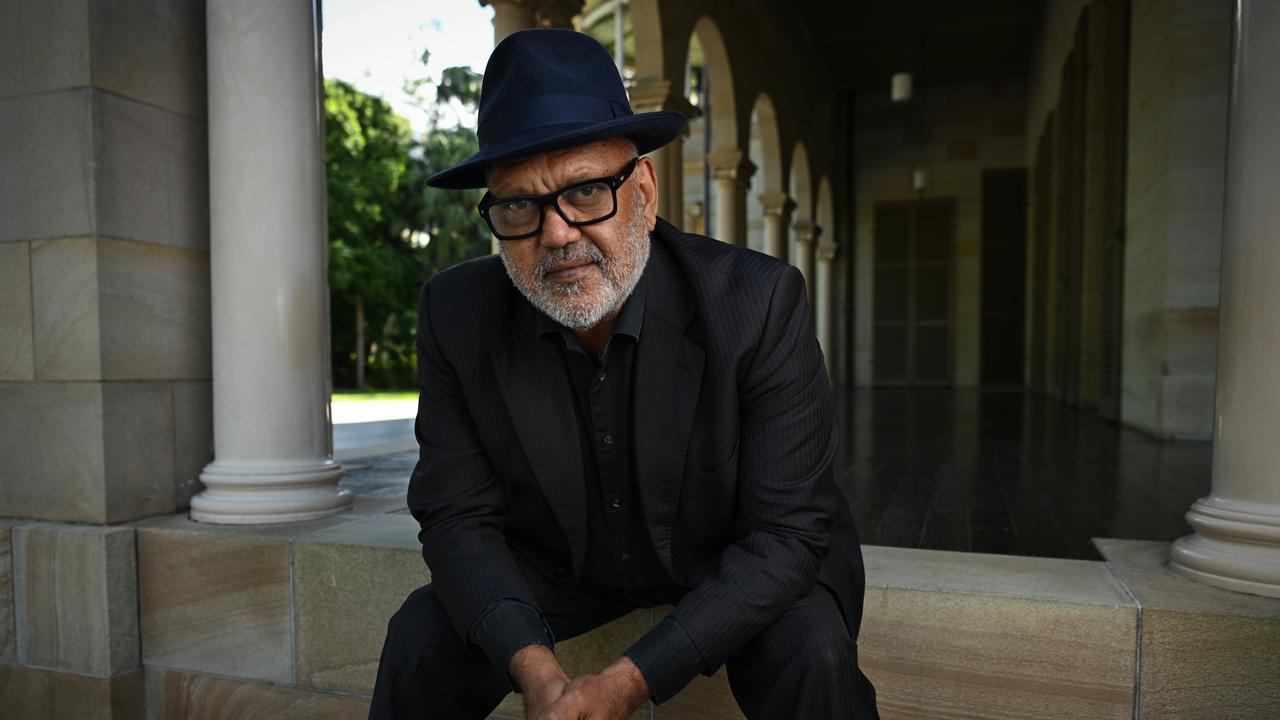Claremont killings trial: Nine hairs in accused murderer Bradley Robert Edwards case could point to alternative killer, defence says
Accused serial killer Bradley Robert Edwards’ defence argues a DNA puzzle which it says could point to ‘alternative killer’.

Nine hairs from unknown third parties found on the body of Ciara Glennon could point to an alternative culprit for the Claremont serial killings, the lawyer for accused murderer Bradley Robert Edwards has argued.
Paul Yovich SC, who has been largely quiet over the course of the marathon seven-month trial, began his closing submissions in his defence of the 51-year-old former Telstra technician Edwards by highlighting several hairs of unknown origin recovered from the clothing of Glennon.
He said it was unarguable that DNA not attributable to Glennon or Edwards was found on the woman’s body.
“In our submission, one or more of those hairs might be from Ms Glennon’s killer,” he said.
“The fact we do not know whose they are does not mean we should dismiss them.”
Edwards has pleaded not guilty to murdering Glennon, Jane Rimmer and Sarah Spiers in 1996 and 1997.
The prosecution’s case relies heavily on a trace of Edwards’ DNA found in a sample of two fingernail clippings from Glennon’s left hand.
Mr Yovich noted that the volume of genetic material that generated a match with Edwards was estimated at 0.2 of a nanogram – one fifth of one billionth of one gram, or around 30 to 40 cells.
It meant that the amount of biological material linked to Edwards was the smallest amount of material contributed by any of the ten DNA profiles found on Glennon’s body.
He urged Justice Stephen Hall, who is hearing the case without a jury, not to ignore evidence that did not fit the prosecution’s case.
“Where thousands of exhibits were tested for DNA, and only one sample, taken from two examined together, has DNA connecting to the accused, our submission is all the results need to be considered,” Mr Yovich said.
“Any of the hairs might be of evidentiary significance in so far as they might point to another person involved in her death.”
While Mr Yovich raised questions about the integrity and continuity of the fingernail samples that were ultimately linked to Edwards, he said any suggestion that Edwards’ DNA had found its way into the samples through an act of malfeasance was “rather far fetched” and “I do not make it”.
Edwards has pleaded not guilty to the three Claremont murders, but pleaded guilty on the eve of the trial to abducting a 17-year-old girl from Claremont and raping her in Karrakatta cemetery in 1995, as well as a sexually motivated attack on an 18-year-old woman in Huntingdale in 1995.
‘Edwards is, we say, the Claremont killer’
Earlier, lead prosecutor Carmel Barbagallo completed her closing argument by stating that all the evidence and logic pointed to Edwards being the Claremont serial killer.
She said it was difficult to argue against the logic that the 51-year-old former Telstra technician had murdered Sarah Spiers, Jane Rimmer and Ciara Glennon in 1996 and 1997.
“Critically, there is no evidence, when looked at in the context of all other evidence, that is inconsistent with the accused man being the murderer of those three young women,” Ms Barbagallo said.
“Bradley Robert Edwards is, we say, the Claremont serial killer.”
Ms Barbagallo has spent the week summarising the prosecution’s case, and spent Thursday morning trying to connect the disappearance of Spiers to the murders. DNA and fibre evidence recovered from the bodies of Rimmer and Glennon are central to the prosecution’s case, but Spiers’ body has never been found.
Ms Barbagallo said the close timeframe of the three murders, and the fact they all disappeared from the same area at similar times of the night, pointed to the same man being responsible for all three crimes.
“There’s no rational possibility, no reasonable possibility, it could be anyone else other than the same offender,” Ms Barbagallo said.
She pointed to a sighting of a Toyota station wagon in Mosman Park, shortly after a “blood-curdling” screams were heard in the area within an hour of Spiers disappearing from the streets of Claremont, as further evidence that Edwards was responsible for her murder.
The witness testified earlier in the trial that he believed the Toyota station wagon he saw was a Corona model, rather than the Camry model that Edwards was driving at the time.
But Ms Barbagallo said the model the witness believed he had seen was less important than the description of tail lights that curved slightly around the rear of the vehicle.
She said that detail was sufficient for Justice Hall to be satisfied and was “entirely consistent with the very vehicle that this self-confessed abductor and rapist of women was driving at that time”.
“That that vehicle is consistent with the vehicle driven by the accused, with those propensities, can be no coincidence.”
Ms Barbagallo pointed to the video of Edwards’ police interview, hours after his arrest in December 2016, as proof that he had lied about his involvement in the murders.
Edwards’ expressions of “surprise, denial and bewilderment” about the Huntingdale attack and the Karrakatta rape, she said, were indistinguishable from the surprise, denial and bewilderment he expressed about the Claremont murders.
His subsequent confessions to the Huntingdale and Karrakatta offences proved that the denials about those crimes were now known to be “blatant lies, told with ease”.
“These self-serving denials are entirely incredible and unreliable.”






